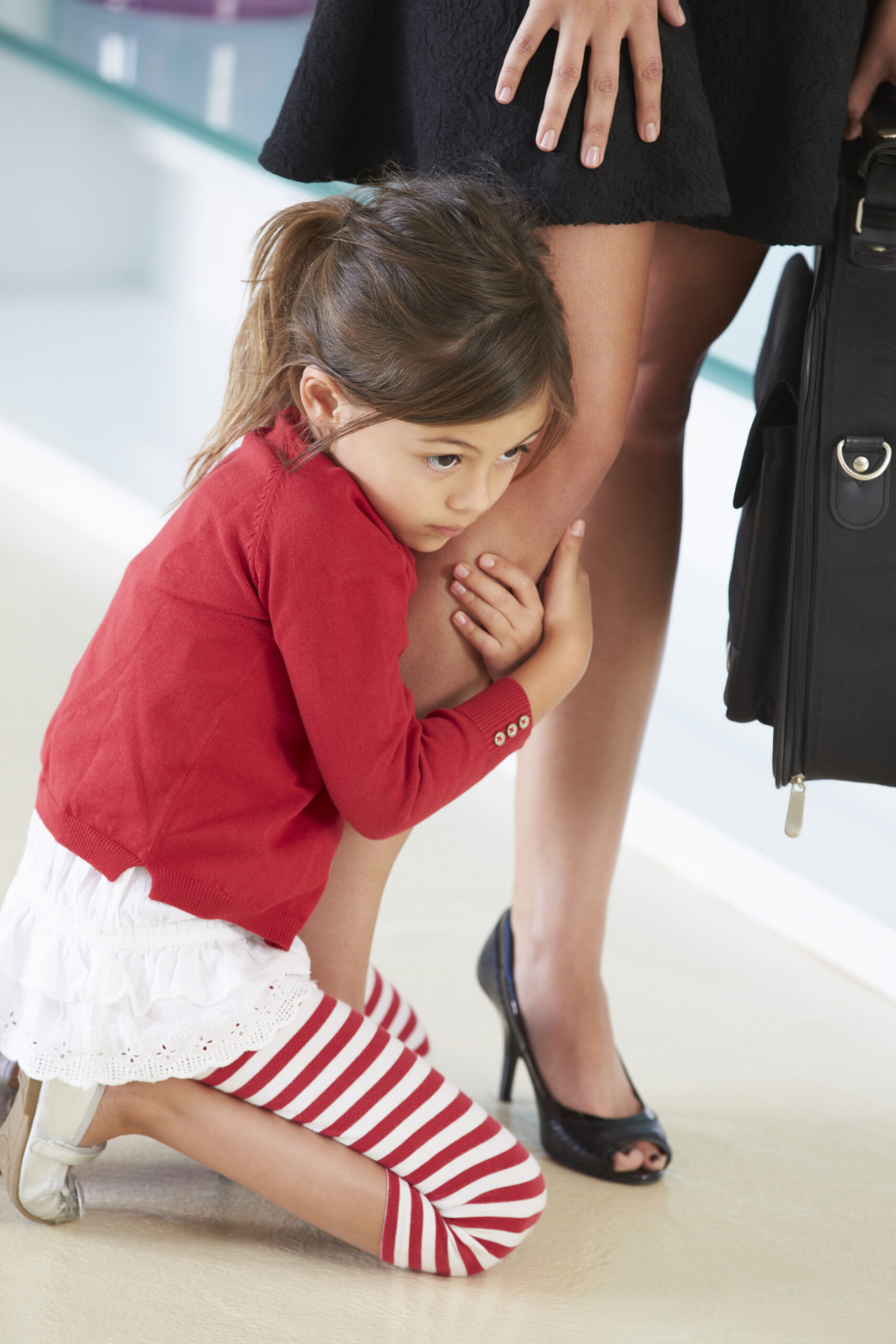Autism and Separation Anxiety

Do you have a child with autism who gets nervous and scared when you leave them? This is known as separation anxiety.
In this article we are going to explore what separation anxiety is and learn what you can do to help your child get over their separation anxiety.
What is Separation Anxiety?
Separation anxiety is a normal and common phase of child development that typically occurs between the ages of 8 months and 3 years. It is characterized by feelings of anxiety or distress that a child experiences when separated from their primary caregiver, such as a parent or guardian.
Children with separation anxiety may cry or become visibly upset when their caregiver leaves them, even for brief periods of time. They may also have difficulty sleeping or eating when separated from their caregiver.
Separation anxiety is a normal part of child development and is generally considered a sign of a healthy attachment between the child and caregiver. It is typically a temporary phase that resolves as the child grows and becomes more comfortable with independence.
Separation anxiety and children with autism
Children with autism may be more prone to separation anxiety due to their difficulty with change and their need for routine and predictability. They may also have more difficulty understanding and expressing their emotions, which can make it harder for them to cope with the separation from their caregiver.
That being said, every child with autism is unique and may experience separation anxiety differently.
Some children with autism may experience mild separation anxiety, while others may have more severe symptoms.
Now that you understand what separation anxiety is and why children with autism suffer from it, let’s see how separation anxiety can manifest in children with autism.
What Separation Anxiety looks like for children with autism
Children with autism may experience separation anxiety in a number of ways. Some common signs of separation anxiety in children with autism may include:
Difficulty separating from primary caregivers: Children with separation anxiety may cry, protest, or become visibly upset when separated from their primary caregiver, even for short periods of time.
Sleeping or eating issues: Children with separation anxiety may have difficulty sleeping or eating when away from their caregiver.
Inability to adjust to a new environment: Children with separation anxiety may have difficulty adjusting to new situations or environments, especially when their caregiver is not present.
Reluctance to engage in activities: Children with separation anxiety may have difficulty engaging in activities or hobbies that they previously enjoyed when their caregiver is not present.
Dealing with separation anxiety
Here are a few strategies that may be helpful in treating separation anxiety in children with autism:
Provide structure and routine: Children with autism often thrive on routine and predictability. Providing a consistent daily routine and preparing your child for transitions can help to reduce anxiety about separation.
Use visual supports: Visual supports, such as schedules or social stories, can help your child understand what to expect and can provide a sense of control and predictability.
Practice separation: Gradually increasing the amount of time that you are away from your child can help them become more comfortable with separation. Start with short periods of time and gradually increase the duration as your child becomes more comfortable.
Use relaxation techniques: Teaching your child relaxation techniques, such as deep breathing or progressive muscle relaxation, can help them cope with anxiety about separation.
Seek professional help: If you are unable to help your child overcome separation anxiety or if you are concerned about their behavior, consider seeking the help of a healthcare professional, such as an ABA therapist. They can help you understand the specific reasons for the behavior and suggest strategies for addressing it.
It is important to be patient and to recognize that it may take time for your child to overcome separation anxiety. Be sure to praise your child for their efforts and for any progress they make.
How can ABA therapy help your child’s separation anxiety?
Applied Behavior Analysis (ABA) therapy is a type of therapy that can be effective in helping children with separation anxiety. ABA therapy is based on the principles of behaviorism and focuses on reinforcing desired behaviors and reducing undesirable behaviors.
In the case of separation anxiety, ABA therapy might involve techniques such as:
Gradual exposure: Your child’s therapist gradually exposes your child to increasingly longer periods of separation from you, in a controlled and supportive environment. This can help your child learn to cope with being away from you and reduce their anxiety around separation.
Positive reinforcement: The therapist uses positive reinforcement, such as rewards and praise, to encourage your child to engage in behaviors that are more adaptive and less anxious.
Relaxation techniques: The therapist may teach the child relaxation techniques, such as deep breathing and muscle relaxation, to help them manage their anxiety in situations where they are separated from you.
Cognitive-behavioral strategies: The therapist may also work with the child to identify and modify negative thoughts and beliefs that contribute to their separation anxiety.
It is important to note that ABA therapy is most effective when it is tailored to the specific needs of your child. So speak with an ABA therapist and they will help you get a better idea of how to combat your child’s separation anxiety.